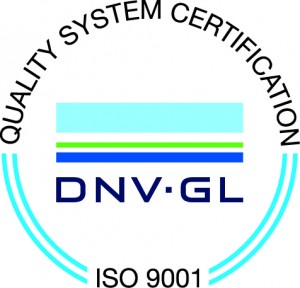
The elements needed for evaluation are as follows (values are just an example).
Production data:
- Nop: Number of operators to turn on the press in manual production (1, 2 or more);
- Nt: Number of shifts per day (from 1 to 3);
- Gg: Working days per year (220);
- Npm/h: Number of folds produced per hour in manual on the press (330 for small pieces, 210 for medium pieces, 110 for big pieces);
- Npr/h: Number of folds per hour produced automatically by the robot (450 for small pieces, 350 for medium pieces, 170 for big pieces);
- Nn: Number of nighttime unattended hours of processing in automatic (from 2 to 14);
- Nc: Number of production changes (from 1 to 5);
- Tc: Time for production change (0,5 h);
- Tpr: Programming time: you have to consider a portion of the time required for the programming;
example: 2 h programming, batch that will be repeated 4 times per year, (0,5 h).
Economic data:
- Cop: Gross annual cost of an operator for bending (30.000,00 €)
- Cpressa: Purchase cost of the press (from 40.000,00 to 150.000,00 €)
- Crobot: Purchase cost of the robot (from 90.000,00 to 220.000,00 €)
- T1: Gross interest rate (7%)
- Dleas: Leasing duration (5 years)
- Rp: Unit revenue per fold (from 0,15 to 1 €)
- The assessment plans to calculate the NCF value (cash flow obtainable only by the bending process) in 10 steps.
We calculate the cash flow obtainable only by the bending process in two situations:- with press and operator in the manual working
- with the bending cell in automatic working

